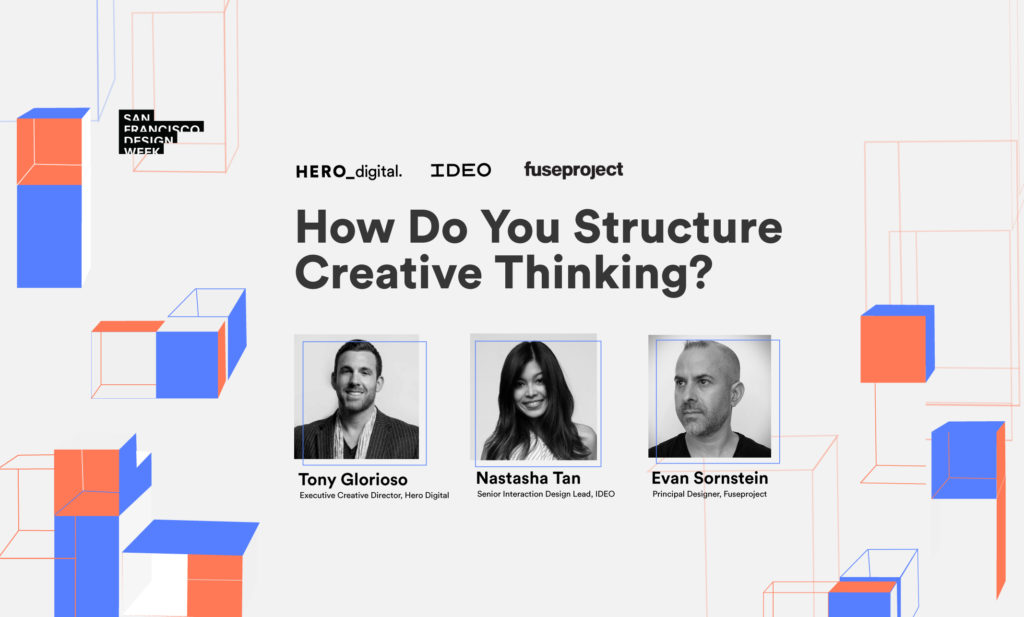As companies focus increased resources on developing frictionless, enjoyable digital experiences for customers, it’s important to remember the digital employee experience as well. Intranets are a primary source of information and communication for a company’s entire employee population, yet corporate intranet design and strategy is often overlooked.
The standard intranet approach with static content and news sourced only from the voice of leadership now seems antiquated, and it pales in comparison to the seamless digital experiences that employees expect from their favorite brands. To avoid content overload and a mishmash of incompatible systems that make basic tasks a total time-sink, your intranet strategy and design must be forward-thinking, resonate with employees, and simplify the communication experience.
Employees seek career development tools, company culture activities, peer connections, support from leadership and ease with completing tasks. Companies, in turn, desire employee engagement, efficiency, and high retention (the same thing they want from customers!). We recently completed an intranet strategy and redesign for a tech client, so we’ve seen firsthand how companies can benefit from designing their internal digital tools like their external customer platforms. Providing a centralized, non-hierarchical approach to communication that reflects company culture can pivot your intranet from a document repository to an engaging employee experience.
How can your intranet strategy improve efficiency, engagement, and retention?
1. Streamline Internal Communication
The internal communication experience at many companies includes many touchpoints with a lot of friction. Companies typically reach out to employees through a variety of methods such as email, town hall presentations, TV monitors around the office, instant messenger, and even snail mail, sometimes directing them back to the intranet for more detailed content. Email is an excellent communication tool, but lengthy and frequent company email feels out of date compared to the customer experience today that includes notifications, social tools, and mobile capability. A robust intranet ecosystem made of current tools will transition companies to lighter email and provide access to live meetings, recordings, and browser notifications. An intranet strategy that also includes engaging content and delivers an easy user experience will result in higher engagement and a reliance on the intranet for all aspects of employee experience – from technical day-to-day needs (like benefits explanations and office maps) to fun, empowering elements (like peer-to-peer shoutouts).
2. Increase Employee Efficiency
Poor intranet design often requires multiple steps to access disconnected portals, resulting in extra time, a higher rate of drop off, or lack of task completion. Moving to a single platform and retiring multiple disconnected back-end systems requires upfront effort and cost, but brings measurable efficiencies going forward. With a robust CMS, intranet content can be easily updated and by a wider employee audience, allowing departments and locality offices to self-publish content like event announcements and seat maps. With a tagging and taxonomy strategy in place, analytic performance data will be available through this robust system, giving stakeholders knowledge of what content is resonating most and where to take a fresh approach. And of course, the easier it is for employees to accomplish tasks and focus on job responsibilities is a win.
3. Contribute to Engaged Culture
Culture can’t be implemented or changed overnight, but a holistic intranet strategy can play a crucial part in the fuller employee experience. Designing an intranet using the company’s internal brand, visual style, voice, and tone reflects the company’s culture and values and deepens authentic engagement with employees. Besides information from leadership about business objectives, it’s essential to feature stories of individual employees and teams around the organization––their work, career milestones, volunteer pursuits––to reflect core company values and drive trust and retention. Another way to make employees feel valued within an organization is implementing peer-to-peer and top-down recognition tools and shoutouts. A thoughtful intranet strategy guides which of these elements are most appropriate for the culture. A large bank will have a very different culture and toolset than a technology startup, so their intranets should reflect that discrepancy.
4. Showcase and Recognize Individuality
Just as consumer brands increasingly deliver personalized experiences for customers, a modern intranet design strategy includes tailoring content by an employee’s location, department, and role for a more relevant and engaging experience. For our tech client, personalization was twofold: coded customization (frequently accessed documents and information auto-populated into a drop-down menu) and user-generated decisions (editable external profiles where employees could choose to showcase their interests and affinity groups to colleagues). The ability to highlight work, contribute stories, and share common expertise and interests enhances authenticity and trust of the company. Gamifying the recognition experience through badging also creates an environment that showcases individual efforts and achievements.
5. Build Interactive Community
Individualized experiences empower employees to connect with others and take part in their work communities more broadly. Many employees value having an inclusive, supportive community, and your corporate intranet design can help to establish that connection. Providing tools for departments to plan and manage content, share knowledge and connect with employees around the globe increases connections, skills, and feeling integrated in the organization at both a local and global level. News and updates specific to special interest and volunteer groups is another way to build community. Providing a mobile friendly experience and social tools, such as the ability to post and share photos from a company event or encouraging interaction through live chat forums and blogs, supports community.
How can you begin creating a CX-inspired intranet strategy?
There’s no excuse for a poor digital experience for your employees when you wouldn’t create one for your customers. Treating your intranet design like an external facing customer experience helps it to match the caliber employees expect and paves the way to successful intranet adoption.
Start by conducting current state inventory and assessment that includes all content and backend technology. If a sitemap doesn’t exist, create one to easily understand the ecosystem and stakeholders. If you have analytics data, review traffic trends.
The #1 goal of customer experience management is to give users what they really need and want and need, so get to know the people who will be using your intranet. Conduct stakeholder interviews across a wide range of employees, from the new hire to a tenured employee, across a variety of locations and roles within the organization. Probe to find out what internal information is most critical to them and what digital features and content would make their workday easier and engaging with the company culture. Out of this research, develop user personas to capture varying employee interests and needs and inform the content and user experience design.
For our tech client, we discovered some employees wanted information fast and engaged exclusively in task completion activities – the Hunter persona. The Discoverer persona, however, spends a greater amount of time perusing the intranet, learning more about the company, career paths and connecting with colleagues. These descriptive personas provided guideposts for specific content topics, depth and time commitment, and when and where to build helpful and fun features throughout the experience.
Investing in a modern intranet strategy is a win for both your employees and your company. An ecosystem that includes personalized content and social tools from the global to individual level results in an efficient personalized experience, reduces costs, and fuels communication, culture, and collaboration.
—
Want to learn how Hero Digital can help design a winning intranet experience? Contact us to get started.





